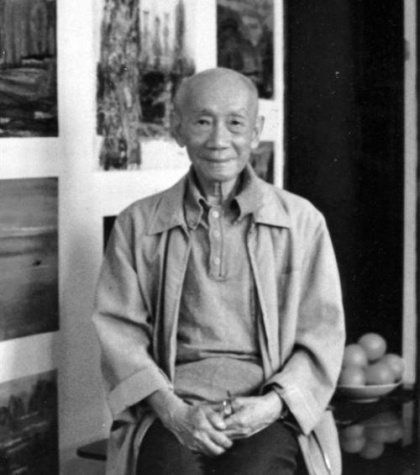Lin Fengmian, autonym Shaoqiong and courtesy name is Fengming and later changed to Fengmian, was born in a poor peasant family in Meixian, Guangdong province. He loved painting when he was young and was admitted to the Shanghai Academy of Fine Arts in 1917. In 1918, he took part in work-study programs to study in France. In 1920, he enrolled in École nationale supérieure d'art de Dijon then transferred to École nationale supérieure des Beaux-arts de Paris and studied fine arts in major museums in Paris. In 1925, he returned to China and served as the principal of the National Peking Art College. In 1927, he served as chairman of the National Art Education Commission.
In 1928, he founded and served as the dean of Hangzhou West Lake National Academy of Arts. During the Anti-Japanese War, he taught at Chongqing National Art School. After the founding of People's Republic of China, he served as vice chairman of Shanghai Artists Association and member of Shanghai CPPCC. He settled in Hong Kong in 1977 and passed away of illness in Hong Kong on August 12 1991, at the age of 91.
During his time in France and Germany, Lin Fengmian was influenced by realism, using delicate sketches to depict subjects. Later he came into contact with German expressionism. At this time, his paintings were intensely coloured, full of publicity and exaggeration. After returning to China, Lin Fengmian's paintings were heavy in colour but relatively simple in shape, which contrasted with the reality at the time. In the subsequent changes, Lin Fengmian used a very simple composition to form his own personality. As he was quite skilled in controlling art and brushstrokes, we could see the smooth and fluent lines in his paintings. This simple and artistic expression highlights the beauty of art and its implications.
Based on Chinese culture, Lin Fengmian combined the essence of Eastern and Western art. His paintings combine seemingly contradictory things: the composition is tight but not cramped; the colours are bright and strong yet soft. What we can see from his works are the inner artistic conception and verve contained in his skilful techniques.


